Insulin resistance
Author:
Julio Valero
Published on:
2/28/2025

This article is purely informative and does not replace professional medical advice.
Consult your doctor before making significant changes to your diet or exercise routine.
Insulin resistance has become a silent epidemic, a precursor to type 2 diabetes and other metabolic disorders. Understanding its roots and adopting science-backed strategies is essential to regain control of your health. In this article, we will explore the pathophysiology of insulin resistance and provide you with a comprehensive action plan to overcome it.
What is Insulin Resistance and How Does It Work?
Insulin, produced by the pancreas, is the key hormone that facilitates the entry of glucose into cells. That is, when you consume foods containing carbohydrates, these are broken down into their final form, glucose, and go into the bloodstream to subsequently enter the cells and be used to produce energy (ATP).
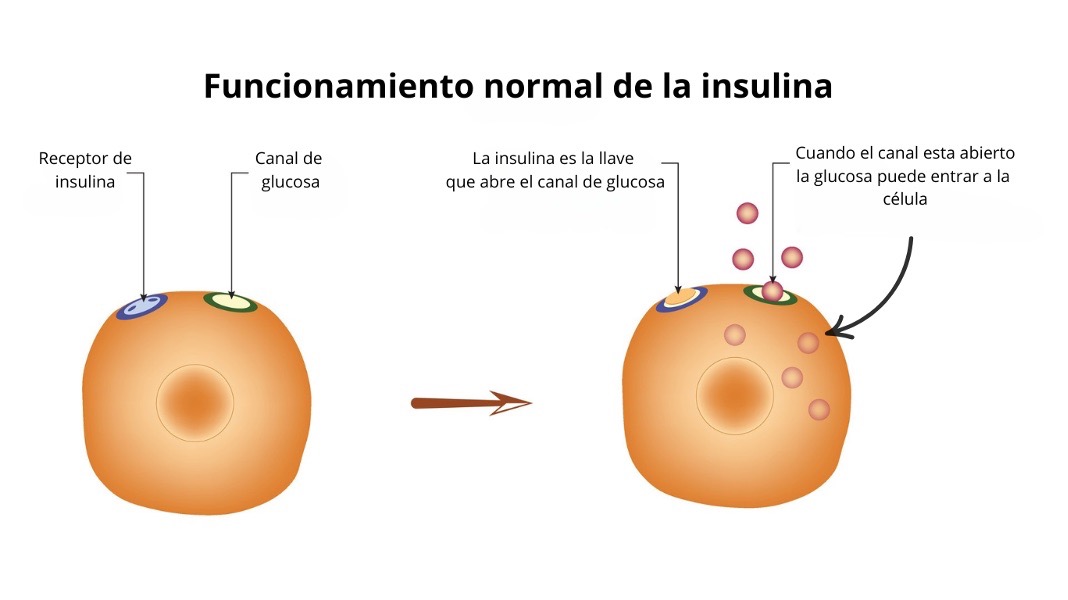
In insulin resistance, cells lose sensitivity to this hormone, which leads to a compensatory increase in insulin production. Over time, the pancreas can become exhausted, resulting in chronic hyperglycemia.
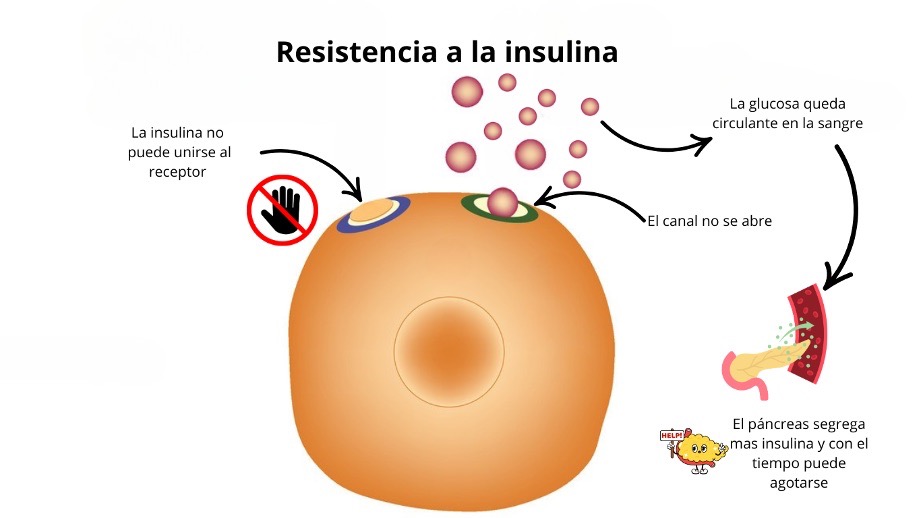
Underlying causes and risk factors:
Excess general and visceral adipose tissue: Excess fat and abdominal fat release inflammatory cytokines that interfere with insulin signaling.
Diet very high in calories and/or excessive in refined carbohydrates: Glucose and fructose overload contributes to hepatic lipogenesis and insulin resistance.
Sedentary lifestyle: Physical inactivity decreases glucose uptake by skeletal muscle.
Genetics: Genetic predisposition modulates individual response to environmental factors.
Mitochondrial dysfunction: Oxidative stress and intramyocellular lipid accumulation affect mitochondrial function, reducing glucose oxidation.
Evidence-based nutritional strategies:
1. Caloric intake: The main factor in body fat gain is the total calories consumed, regardless of their source, so the energy amount consumed should be relative to individual need. In the case of insulin resistance, a reduction in adipose tissue has been seen to significantly improve insulin sensitivity.
This reduction in body fat is achieved through energy deficit, so it is advisable to implement a caloric reduction on maintenance calorie levels in a range of 10% to 25% depending on the individual case.
To determine the amount of maintenance calories, data and feedback from the person are needed; however, a starting point can be height in centimeters minus 100 * 30.
For example, a subject of 180 centimeters – 100 = 80 * 30 = 2400 calories for maintenance
From their maintenance of 2,400 calories, we should subtract between 240 to 720 calories, depending on the individual case.
2. Carbohydrate intake: Carbohydrates do not represent any problem, as long as they are consumed relative to the individual condition and context.
In insulin resistance, it is advisable to consume between 1 gram to a maximum of 3 grams of carbohydrates per kilogram of adjusted body weight.
For practical purposes, we can estimate the adjusted body weight by subtracting 100 centimeters from the height in centimeters. For example, a subject of 180 centimeters will have an approximate adjusted body weight of 80 kilograms.
Therefore, they should consume approximately a range of 80g to 240g of carbohydrate in their diet while experiencing insulin resistance.
3. Fiber intake: Fiber fulfills numerous functions in the physiological functioning of the human body. In insulin resistance, it produces a key effect during digestion, slowing the passage of glucose into the bloodstream.
A minimum intake of approximately 15 grams of fiber per thousand calories of diet is recommended.
This means that, for our example, the subject of 180 centimeters in height with an estimated adjusted body weight of 80 kilograms, who has a maintenance of 2400 calories.
If they reduce their caloric intake by 10%, consuming 2,160 calories, they should consume 32.4 grams of fiber, rounding to a minimum of 32 grams of fiber daily.
If they reduce their caloric intake by 25%, consuming 1,800 calories, they should consume a minimum of 27 grams of fiber daily.
The fiber calculation can be obtained by multiplying the total calories by 0.015
4. Protein intake: Protein is crucial for cell remodeling and functioning, and also contributes to the formation of skeletal muscle tissue and regulation of hunger and satiety signals.
A minimum intake between 1 gram to 1.6 grams per kilogram of adjusted body weight is recommended.
For our subject of 180 centimeters in height with an approximate adjusted body weight of 80 kilograms, this would imply a protein consumption in a range of 80 grams to 128 grams of protein daily:
80 * 1 = 80 grams of protein.
80 * 1.6 = 128 grams of protein.
5. Fat intake: Fat fulfills functions of cell coating, transport, and synthesis of fat-soluble vitamins and hormones.
A minimum intake between 0.5 grams to 1.5 grams per kilogram of adjusted body weight is recommended.
For our subject of 180 centimeters in height with an approximate adjusted body weight of 80 kilograms, this would imply a fat consumption in a range of 40 grams to 120 grams of fat daily:
80 * 0.5 = 40 grams of fat.
80 * 1.5 = 120 grams of fat.
6. Diet sources: The person with insulin resistance needs to ensure adherence to the diet, in order to achieve their purpose of body fat loss, which is why the use of restrictive diets to achieve the success of the planning is discouraged.
This suggests that the diet should be varied and even allow, in a specific and controlled manner, foods that the person likes and that would typically not be considered.
7. Frequency and meal times: During insulin resistance, it is recommended to eat at fixed times, distributing macronutrients and fiber equally.
The frequency will depend on each case, but it is estimated that it can be between 3 to 5 meals a day.
If feasible, it is advisable that, during the course of insulin resistance, most of the carbohydrates be consumed throughout the day, where there is greater activity, leaving a low intake for nighttime. This is not entirely essential and depends a lot on the individual context.
Evidence-based activity strategies:
1. Daily movement: Daily movement represents a large part of the body's energy use, which is why people are encouraged to stay active during the day, according to their conditions and possibilities.
A minimum of 5,000 steps daily seems to be a good starting point; however, the individual context should be considered.
2. Aerobic exercise: Aerobic exercise, better known as cardiovascular, also represents a boost to energy utilization, so it can contribute to the regulation of blood glucose.
Depending on the person and individual context, between 1 to 3 sessions of aerobic exercise, between 15 to 30 minutes at moderate intensity, each week is advised.
3. Strength exercise: Strength exercise is possibly the best glucose regulator among known exercises; skeletal muscle tissue is highly dependent on glucose, so performing strength exercises is key and even superior to other forms of exercise.
Depending on the person and individual context, between 1 to 4 sessions of strength exercises with high intensity, relative to the individual condition, is advised.
The training volume should be between 4 to 8 series per muscle group per week.
Conclusion: Insulin resistance is a condition that strongly predisposes to certain pathologies that can hinder people's lives in various aspects.
Through proper diet planning and lifestyle in general, the condition can be reversed, in addition to laying the foundation for new habits that will be maintained for the rest of life.
References:
Wolosowicz M, Prokopiuk S, Kaminski TW. Recent Advances in the Treatment of Insulin Resistance Targeting Molecular and Metabolic Pathways: Fighting a Losing Battle? Medicina (Kaunas). 2022 Mar 25;58(4):472. doi: 10.3390/medicina58040472. PMID: 35454311; PMCID: PMC9029454.
Freeman, A. M., Acevedo, L. A., & Pennings, N. (2023, August 17). Insulin Resistance. StatPearls [Internet]. StatPearls Publishing. https://www.ncbi.nlm.nih.gov/books/NBK507839/
If you want to contact me via WhatsApp, click here
If you want to start your planning, click here
Comparte en redes sociales
Recent posts

A bad night's sleep: a reason to stay up even longer?
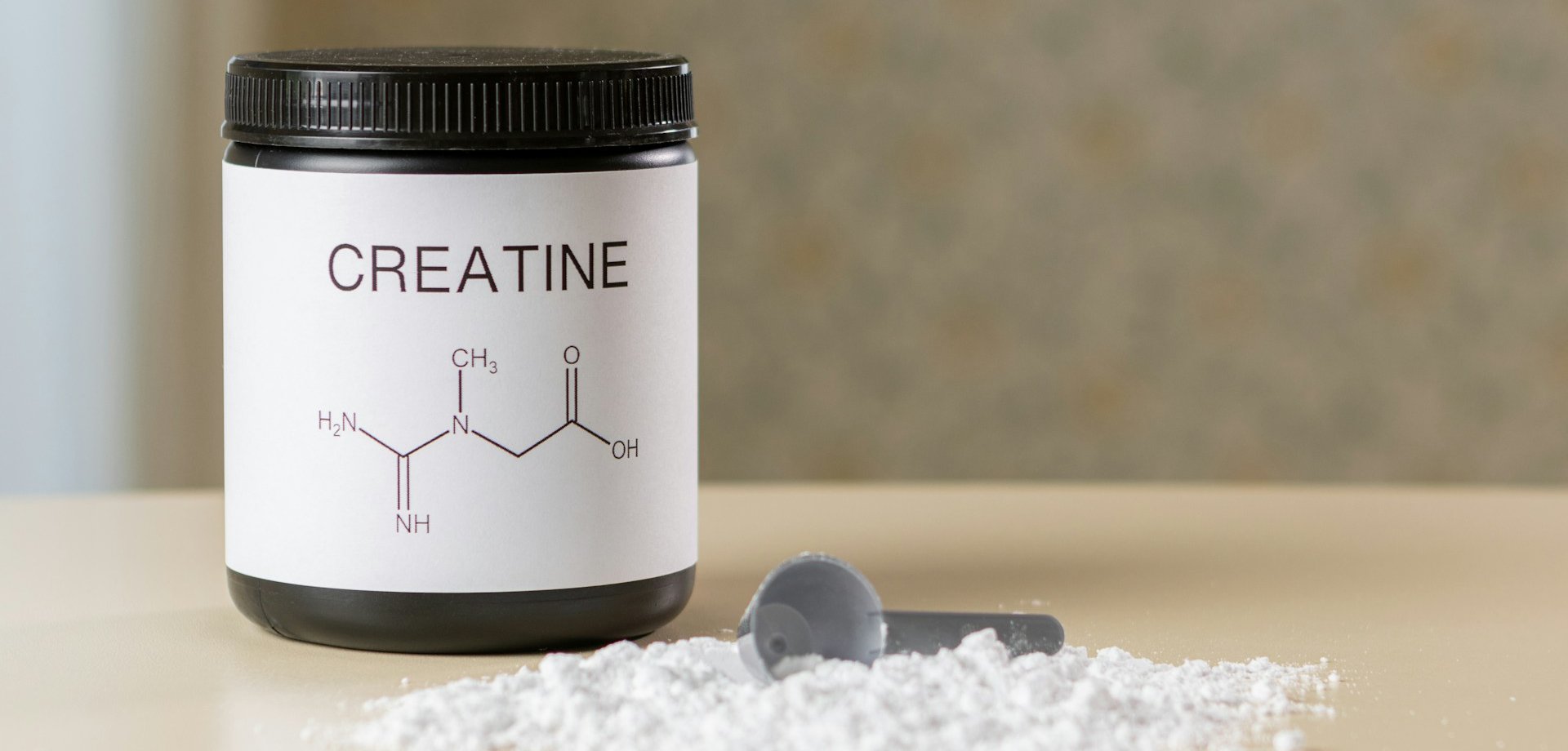
Creatine Effectiveness: What Does Science Say About Its Benefits?
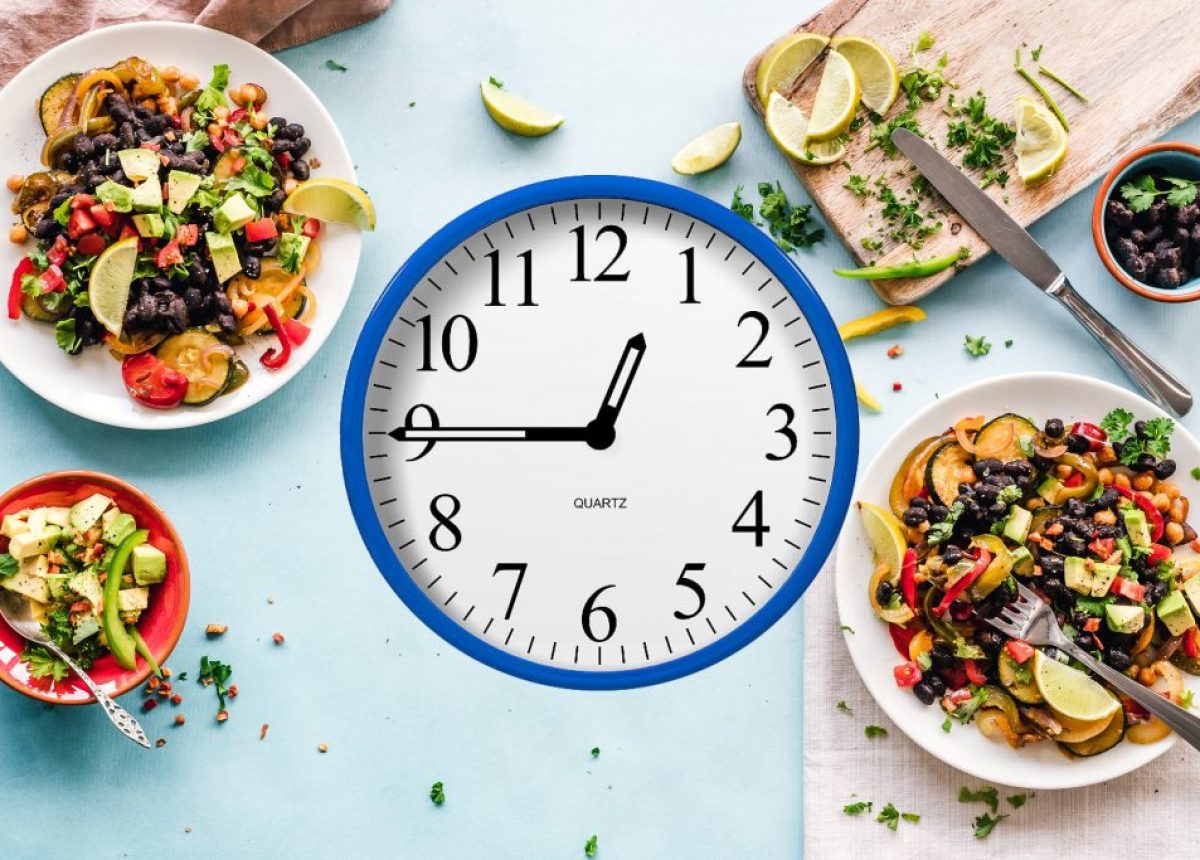
Does meal timing help you lose fat?

Is your triceps press building muscle or holding you back?
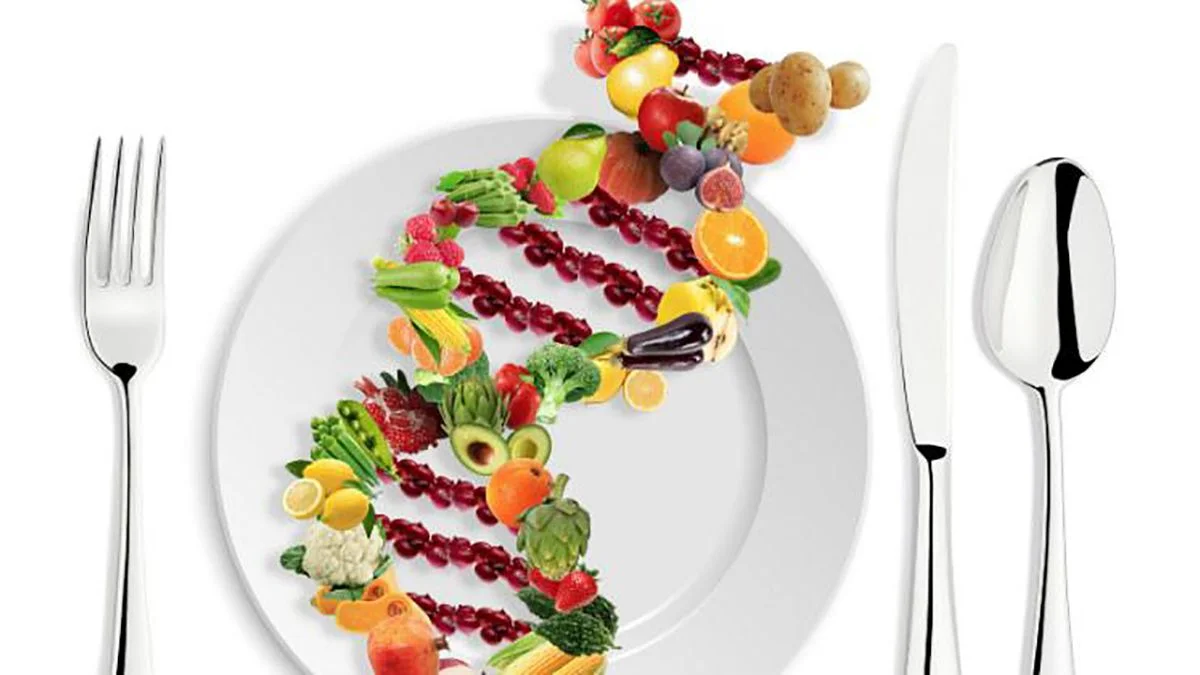
Nutrition tailored to you: based on your genetic profile.

Carbohydrates: the key to an explosive workout.